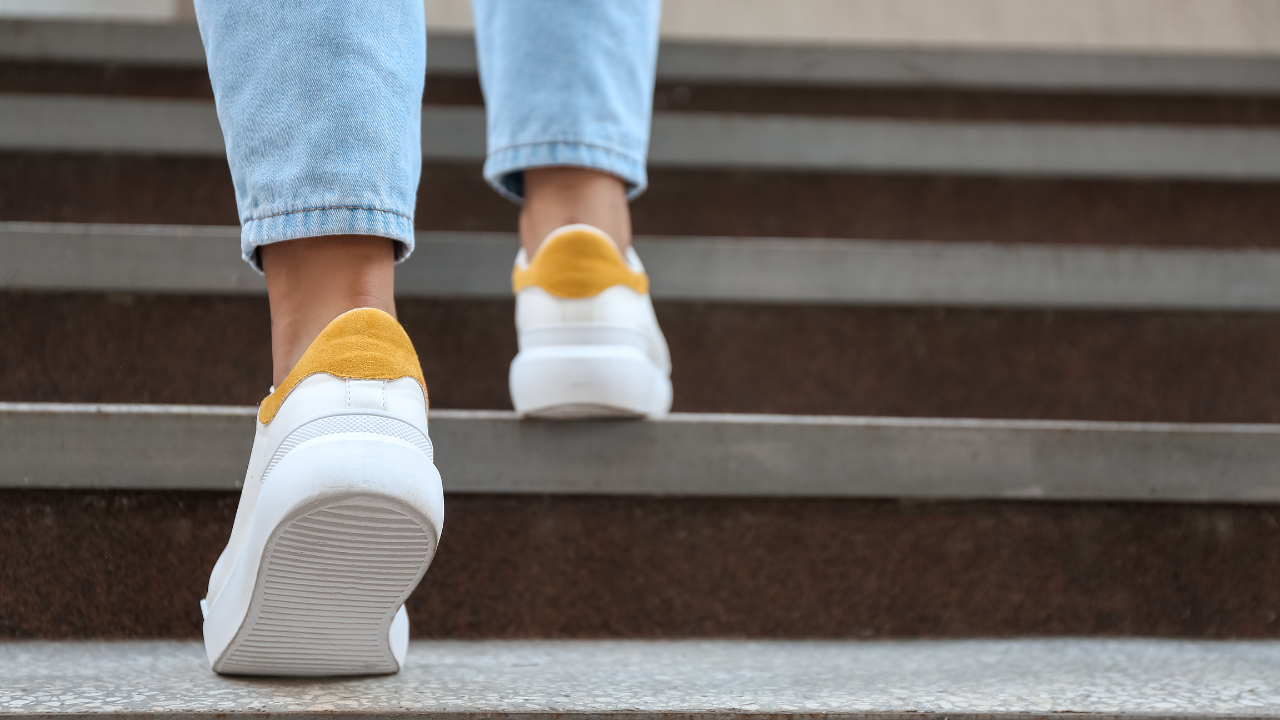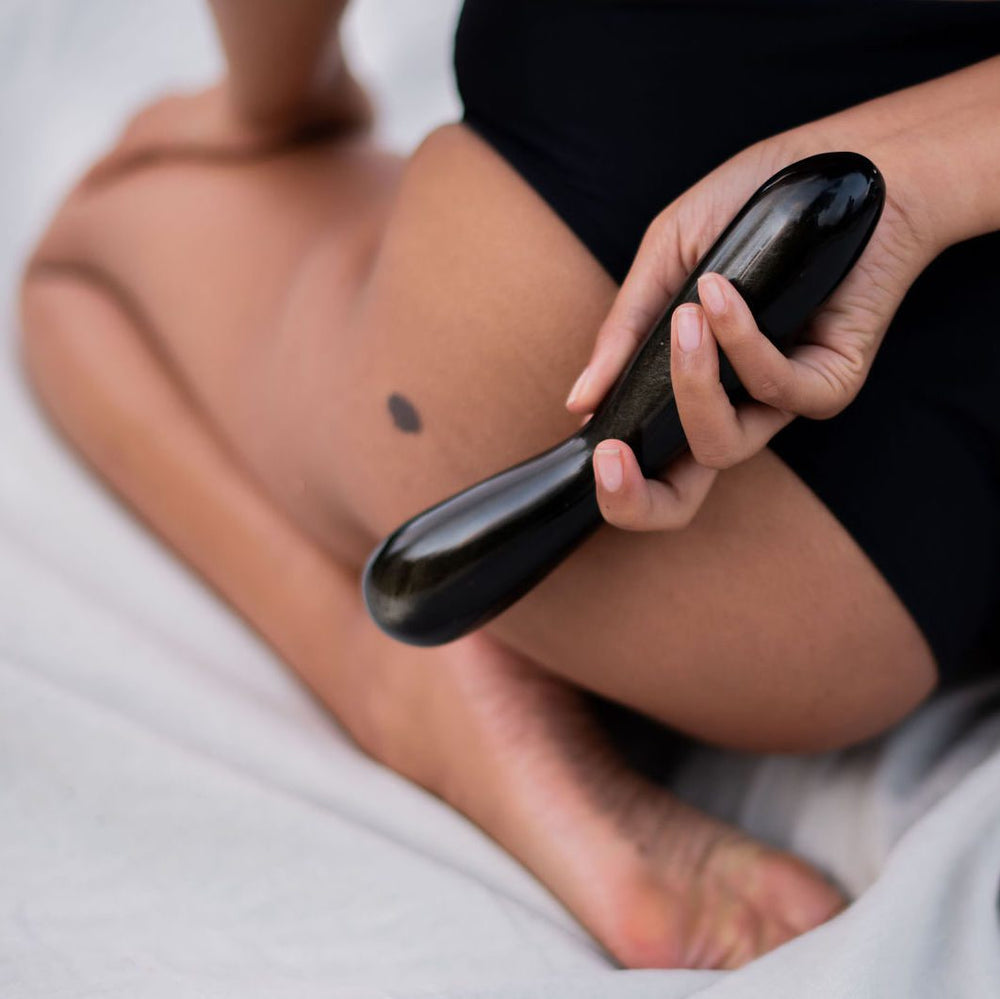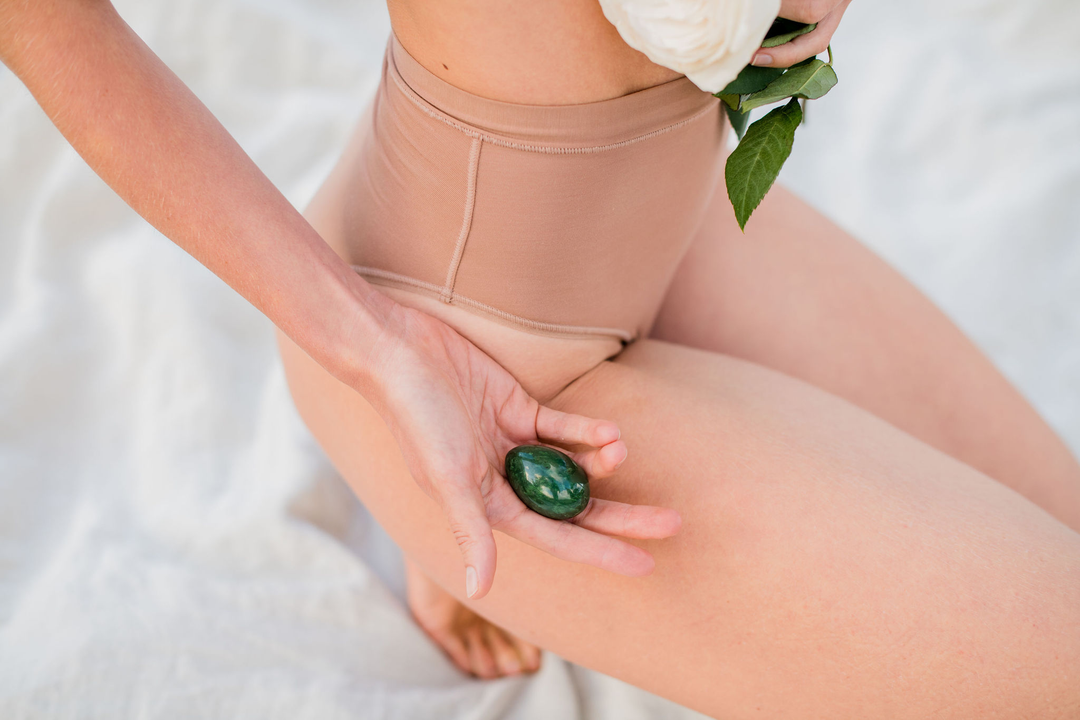Does Walking Strengthen the Pelvic Floor in Daily Life?

Table of Contents
Walking is recommended everywhere because it’s simple exercise and keeps the body moving. But if walking is exercise, does it also train the pelvic floor?
The pelvic floor muscles control bladder function and sexual sensation. It also the base of the support of the uterus and vagina. Walking does engage these muscles lightly, since every step requires the pelvic floor to stabilize the pelvis and absorb impact. However, this activation is minimal. Walking alone will not provide the strong, repeated contractions needed to build pelvic muscle tone.
What Leads to Pelvic Floor Muscle Weakness?
Pregnancy and birth: Carrying a baby for nine months places constant weight on the pelvic floor. During delivery, the muscles stretch quickly and can tear, while nerves are sometimes overstretched. Even after a C-section, the pelvic floor struggles because the abdominal wall is healing, leaving it to absorb pressure from coughing, lifting, and bowel movements.
Menopause and low estrogen: Estrogen keeps vaginal tissue thick and elastic. When it drops, muscles lose tone and fatigue quickly. Women often notice dryness, sudden urges to pee, and weaker contractions during sex or climax.
Constipation, coughing, and heavy lifting: Every time you strain on the toilet, cough hard, or lift without using your breath properly, you send pressure straight down into the pelvis. Over time, this stretches the supports and leaves the floor weaker.
Sedentary lifestyle and poor posture: Hours of sitting cut off circulation to the pelvic area. Slouching or tucking the pelvis blocks the natural teamwork between the diaphragm and pelvic floor.
Overtraining and hypertonicity: Muscles that never relax also become weak. Women who constantly hold a Kegel or brace from stress can trap the pelvic floor in a tight, irritated state. This makes it harder to contract fully when needed.
Core, breath, and scar tissue: Unresolved abdominal separation or habits like breath-holding when lifting or orgasming all shift pressure downward. Without pressure control, the pelvic floor takes the full hit and weakens over time.
Body weight and connective tissue: Carrying extra weight increases the resting load on the pelvic floor, while naturally loose connective tissue (the kind that makes you very flexible or prone to hernias) means the fascia that should support the bladder and uterus is stretchier than average.
Medications and dehydration: Certain medications, like antihistamines or antidepressants, and not drinking enough water dry out tissues and harden stool. That leads to more straining and irritation at the pelvic outlet, which gradually weakens support.
Does Walking Strengthen the Pelvic Floor?

Walking is an excellent low-impact exercise because it moves the entire body in a coordinated rhythm. With every stride, the glutes and thighs contract to propel you forward, while the deep abdominal muscles stabilize your core.
This chain of support matters because these larger muscles share the workload with the pelvic floor, preventing excess strain on the bladder and vaginal walls. As you walk, the pelvic floor itself moves reflexively and it lengthens slightly when your heel strikes the ground and recoils as you push off. This natural rhythm keeps blood flowing to the area and helps maintain coordination between the pelvic floor and surrounding muscles.
Posture plays a critical role in how much benefit walking provides. An upright spine, neutral pelvis, and relaxed shoulders allow the diaphragm and pelvic floor to move in sync with your breath. On the inhale, the pelvic floor yields and expands; on the exhale, it gently lifts. When posture collapses the breath can no longer cue the pelvic floor properly. This is why women who walk tall and breathe fully often feel more pelvic support compared to those who walk with rounded shoulders or locked hips.
Still, while walking engages the pelvic floor lightly, the contractions are too subtle to build true strength. It does not create the kind of progressive overload that muscles need to grow stronger. For that, targeted pelvic floor work is essential. Direct exercises with slow, deliberate contractions and full releases build endurance and tone. Tools such as Kegel weights or yoni eggs add light internal resistance, making the muscles work in a more focused way.
How Walking Benefits Pelvic Floor Health
Improves blood flow to pelvic organs
When you walk, blood surges into your pelvis. The swing of your stride and the contraction of your muscles act like a pump, bathing the vagina and pelvic floor in fresh oxygen. Women often notice that after a long walk, they feel more awake down there, as if the tissue is fuller and more responsive. This is the same circulation that speeds healing after birth or surgery, and it’s the circulation that brings natural lubrication and engorgement during arousal.
Trains coordination of breath and movement
The pelvic floor is meant to respond like a reflex. Walking trains this beautifully. As you inhale, your pelvic floor yields and becomes soft ready to receive. As you exhale, it gathers and lifts. Step after step, breath after breath, the body learns this pattern until continence becomes second nature. Women who walk regularly often realize they’re leaking less because their pelvic floor is finally moving in sync with their breath and stride.
Strengthens glutes and thighs, lightening the pelvic load
When the glutes are strong, the pelvic floor doesn’t have to hold everything up by itself. Walking sculpts the muscles of the hips and thighs so they carry more of the daily load. Imagine the difference between a hammock pulled taut under constant weight and one that’s gently supported at its edges, that’s the effect strong glutes have on your pelvic floor.
Shapes posture and spinal alignment
How you walk determines how your pelvic organs are held. A lifted spine, open chest, and pelvis in neutral transform walking into a healthy activity. In this alignment, pressure is distributed evenly and the pelvic floor isn’t crushed downward by every step. Over time, the difference is tangible through less dragging heaviness and more stability in the core. Women who once felt their bodies collapsing inward often feel a new lightness, like their pelvis is being carried instead of pressed upon.
Softens tension and restores natural rhythm
Stress shows up in the pelvic floor before you even notice it. Many women live with muscles clenched tight without realizing it. Walking releases that grip. The steady left-right rhythm, the swing of the arms, the gentle rocking of the pelvis all tell the nervous system it is safe. Slowly, the floor unclenches. Muscles that know how to let go can also contract with more strength and pleasure.
Incorporating Walking in a Pelvic Floor-Supportive Way

The way you walk determines whether your pelvic floor is supported or stressed. Posture is the most important foundation. Place your feet flat on the ground with every step, and lift your head as though it’s gently being pulled upward, relax your shoulders, and keep your pelvis in a neutral position, not tucked under or arched forward. This alignment allows the core, glutes, and pelvic floor to share the workload rather than forcing pressure downward into the bladder and vagina.
Walk with a natural diaphragmatic rhythm and as you inhale, allow the pelvic floor to soften and expand; as you exhale, let it gently recoil upward. This coupling of breath and stride teaches the pelvic floor to respond automatically to abdominal pressure changes, building control.
Keeping the knees slightly bent instead of locked absorbs impact and prevents the hips and pelvic floor from taking excessive strain. Locked knees create jolts that travel directly up into the pelvis, while a soft bend cushions the step and distributes the load evenly.
Many women unconsciously clench their buttocks or hold their breath as they walk. Both habits disrupt pelvic floor function. Clenching shortens and fatigues the muscles, while breath-holding spikes pressure downward. Focus instead on a relaxed glute swing and steady exhalation with each step.
Walking with Kegel Weights and Yoni Eggs

Walking with a yoni egg or Kegel weight is a direct training ground for the muscles most women never consciously engage. Once the egg is in place, you feel its presence immediately. With each step, gravity shifts it slightly downward. Your pelvic floor has to answer that pull through contracting, lifting, holding, and then letting go. The muscles that keep you continent and support your bladder and uterus are suddenly called into action with every stride.
This practice builds strength, but it also builds precision. Many women can squeeze their pelvic floor, but few can coordinate a full cycle of contract and release. With an egg or weight inside, you get feedback in real time. If you soften too much, you feel the egg pressing lower. If you engage well, you feel it rise and stay supported. Over time, that awareness turns into skill and you learn how to control these muscles with deliberate timing.
Begin with the smallest or lightest weight, and limit yourself to five to ten minutes. The most effective way to walk with an egg is to sync your breath with your stride. As you exhale, contract and lift the pelvic floor for two or three steps. As you inhale, let the muscles soften and yield. That cycle of lift, hold, release is exactly what the pelvic floor must learn. The difference is that walking with a weight demands repetition, thousands of tiny cycles that gradually condition the muscles.
Conclusion
Walking is one of the most reliable ways to nourish your pelvic health every single day. Each stride brings blood flow into the pelvis and holds your posture upright so your pelvic organs are supported. A daily walk is a foundation that helps your pelvic floor stay responsive through every stage of life.
But if you want your pelvic floor strong and able to contract and release on demand, kegel exercises and yoni egg training provide that extra layer of conditioning. They teach your pelvic floor how to grip, how to let go, and how to meet pressure with control. It is in this practice where continence improves. Kegelgs and egg use can also help prolapse risks ease and help orgasms grow fuller and more powerful.
Frequently Asked Questions
Walking is an excellent exercise for overall pelvic health, but on its own it does not fully strengthen the pelvic floor muscles. A consistent walking routine improves blood flow to the pelvic organs, tones the glute muscles and thighs, and helps posture, all of which reduce strain on the pelvic floor. When you walk with feet flat, knees bent slightly, shoulders relaxed, and the spine tall, the pelvic floor works more effectively with the core muscles and breath. However, walking alone won’t resolve pelvic floor muscle weakness or pelvic floor dysfunction. To truly strengthen your pelvic floor muscles, you need specific pelvic floor exercises such as Kegel exercises, sometimes combined with effective tools like Kegel weights or yoni eggs.
The most direct way to strengthen pelvic floor muscles is through pelvic floor exercises such as Kegel exercises or with use of yoni eggs. These involve squeezing and lifting the pelvic muscles for a few seconds, then relaxing fully before repeating. Practiced in different positions, lying on your back with knees bent, sitting upright with good posture, or standing tall with feet flat, they help women strengthen their pelvic floor muscles for better bladder control, reduced urinary incontinence, and prevention of pelvic organ prolapse.
With weak pelvic floor muscles, avoid activities that push excess pressure downward onto the pelvic organs. Heavy lifting without breath control, high-impact jumping, or clenching the buttocks constantly can all worsen pelvic floor issues. Sitting for long periods with poor posture compresses the pelvis and reduces blood flow to the vagina, bladder, and uterus. Women with pelvic floor muscle weakness should also be cautious about straining on the toilet, as this increases the risk of prolapse and incontinence. In severe cases of pelvic floor dysfunction or pelvic organ prolapse, a healthcare professional may recommend avoiding high-impact sports until strength and control return. Focus instead on walking with good walking shoes, gentle pelvic floor exercises like kegels or egg use, breathing practice, and movements that strengthen the pelvic floor gradually without pain.
Common signs of a weak pelvic floor include urinary incontinence, difficulty controlling wind or bowel movements from the back passage, and a sensation of heaviness in the pelvis or vagina, which may signal pelvic organ prolapse. Women may also notice reduced sexual sensation, hip pain or back pain linked to poor pelvic support, or the feeling that the pelvic muscles cannot fully squeeze or lift during sex or when trying to stop urine. Other pelvic floor issues include passing wind unintentionally, leaks of urine with coughing or laughing, and trouble relaxing or coordinating the muscles.
















Leave a comment